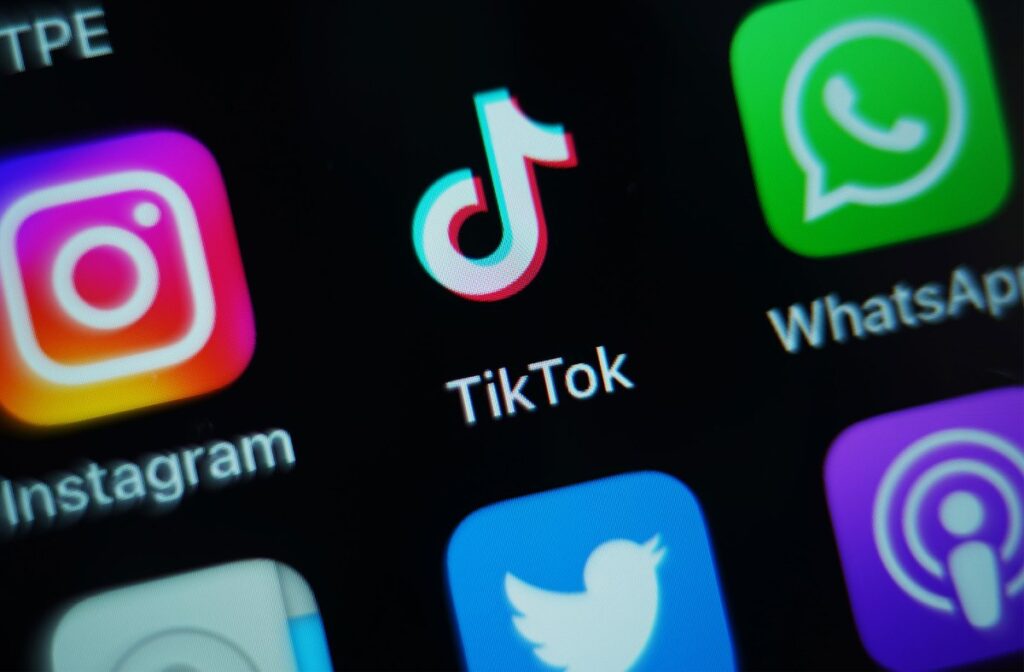In the rapidly evolving landscape of artificial intelligence, businesses must choose the right tools to leverage these advancements effectively. Two noteworthy contenders for small to medium-sized businesses (SMBs) are TikTok’s AI Alive and other image-to-video generation tools like Pictory. By comparing their features, reliability, pricing, integrations, support, and limitations, we can better understand when each tool is the superior choice for a business.
TikTok’s AI Alive is a groundbreaking tool that transforms static images into engaging short videos. Its integration with TikTok’s Story Camera provides features like atmospheric effects and movement, allowing businesses to create dynamic content that can engage audiences more than still images. For example, a small travel agency can convert photos from a client’s recent holiday into an animated story, showcasing the vibrant landscapes and popular attractions. This high level of creativity is particularly appealing for brands looking to build a strong social media presence.
In contrast, Pictory specializes in generating video content from text or images with robust capabilities for long-form video content, catering primarily to businesses that may want to create video marketing assets or training materials. Pictory allows users to create videos from scripts easily, with a library of stock images and soundtracks available, making it suitable for companies that lack extensive media assets but require professional videos. The ease of use, particularly for those with little to no video editing experience, is one of Pictory’s strong suits.
When evaluating reliability, both platforms have their strengths. TikTok, as an established social media platform, inherently offers strong uptime and robust infrastructure. Its AI Alive feature has been built with multiple layers of safety checks to ensure content adheres to community standards. Pictory, on the other hand, has shown consistent performance in generating quality video aspects but may sometimes lack the seamless integration for social media sharing when compared to TikTok.
In terms of pricing, TikTok’s AI Alive is built into the platform, meaning that businesses do not pay directly for the feature but may need to invest in advertising to amplify the reach of their stories. Pictory operates on a subscription model, offering various tiers ranging from basic to pro plans, typically between $19 to $39 monthly. For companies with an existing social media marketing strategy, TikTok might appear cost-effective, while Pictory’s clear pricing can be advantageous for dedicated video content producers.
Integration capabilities also differ between the two. TikTok is inherently designed for social engagement, allowing seamless sharing and storytelling within the app. However, businesses might find limited options for integrating TikTok AI content into other marketing systems. Pictory, in contrast, integrates well with platforms like YouTube and social media networks, enabling a comprehensive video strategy across multiple channels.
Support is vital for any AI tool adoption. TikTok primarily offers help through community forums and a help center for general inquiries. It may take longer for businesses to receive personalized support compared to Pictory, which provides dedicated customer service and resources that include training sessions. This difference can be significant for businesses that require immediate support when troubleshooting.
Each tool comes with its limits. TikTok’s AI Alive is currently restricted to users within its ecosystem, which can limit reach to businesses not heavily invested in TikTok. For companies that are not focused on social media marketing but still want video content, Pictory provides more versatility by allowing longer video formats suitable for various distribution channels like webinars and internal training videos.
Transitioning to either platform involves different migration steps. For TikTok, businesses need to familiarize themselves with the app’s interface and how to optimize content under its community guidelines. A low-risk pilot could involve creating a few test stories using AI Alive to gauge audience engagement before fully integrating it into marketing strategies. On the other hand, migrating to Pictory requires creating an account, exploring the tool’s features, and possibly retraining staff on new workflows, especially for companies used to traditional content creation.
When considering total cost of ownership and expected return on investment (ROI), businesses may find that TikTok’s AI Alive offers lower upfront costs but may require investment in audience engagement through ads. In contrast, Pictory’s subscription model can lead to predictable monthly expenses. Depending on the business’s goals, utilizing TikTok to capitalize on trending content can lead to an elevated brand presence. Meanwhile, Pictory can generate professional-grade videos that might improve lead conversions in a short timeframe. Businesses often see positive ROI within three to six months through improved brand engagement and potential sales increases, especially when utilizing strong video content in their marketing strategies.
FlowMind AI Insight: The choice between TikTok’s AI Alive and Pictory should align with a business’s overall marketing strategy and content needs. TikTok excels in creating captivating social media content quickly, while Pictory shines in producing versatile videos that can serve a variety of business needs. Each tool has its niche, and selecting the right one can significantly impact engagement and overall efficiency in content production.
Original article: Read here
2025-05-13 07:00:00

